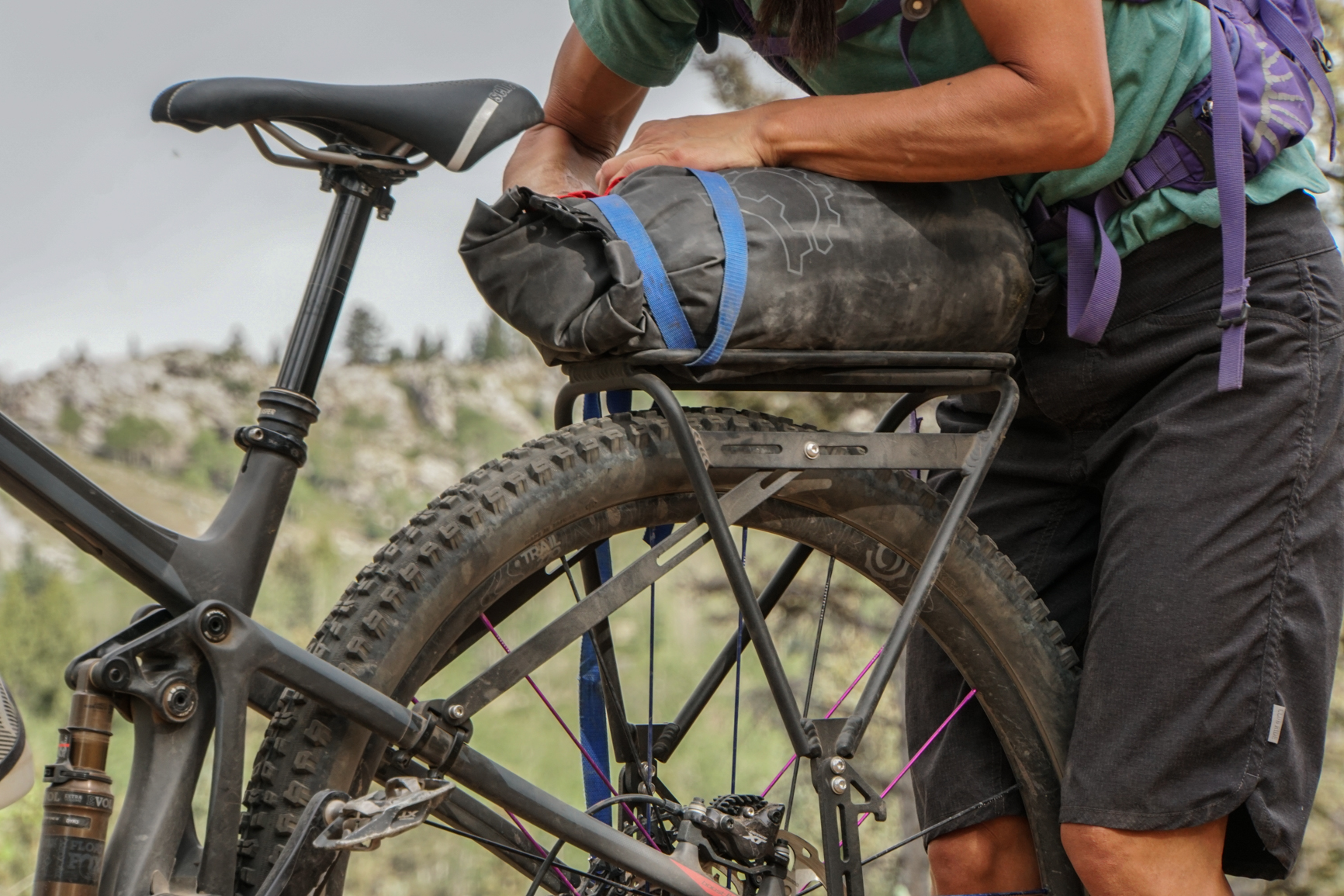Blog
stories • happenings • adventures
Ask an Ambassador: Busting Bikepacking Myths with Kurt Refsnider
We’re excited to announce our newest series, Ask An Ambassador, where we’re checking in with all of the Revelate ambassadors and getting their advice on topics they feel passionate about!
To kick off our series, we checked in with Kurt Refsnider. A cycling coach at @ultramtb, co-founder of @bikepackingroots, a lifetime cyclist, and all around rockstar. As a coach and someone who has done the full gambit of bikepacking, Kurt has heard a whole lot of pervasive myths that get thrown around as truth, especially among those just starting out. So, for his Ask an Ambassador piece we chatted with him about the misconceptions around bikepacking that need to be addressed.
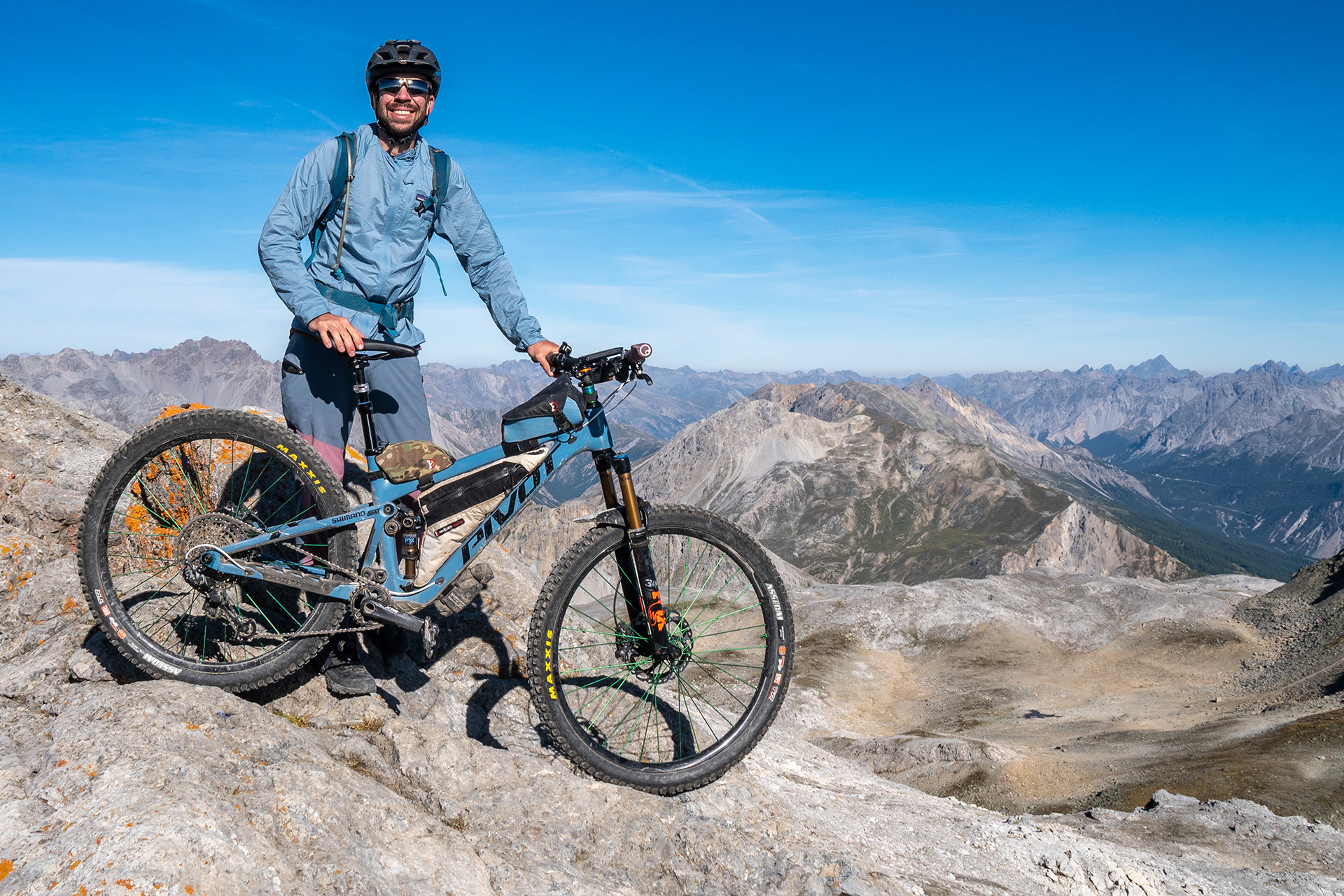
Bikepacking Misconception #1: “You need to be riding all day during a bikepacking trip”
I hear this one all of the time, that folks think they need to be out for these huge days, riding from dawn to dusk and that’s just not true. Especially when you’re just starting out in bikepacking, it’s a good idea to plan for way less riding than you think. Most people don’t ride their bikes for ten hours a day, so if you jump into a trip thinking you’re going to do that you’ll end up completely wiped out.
When you’re planning your first trips plan for relatively short days, plan on getting into camp while it’s still light out. Try taking a mid-day nap. Take lots of snack breaks (or coffee/tea breaks – hot beverages can be a great pick me up!). Also, remember that your bike is going to be heavier than you’re usually used to!
Another piece of advice, is to try making your first day a half day. No matter how strong I am or how much I’ve been training my first day out on a trip always has me exhausted by the end of the day. Then day two is markedly better!
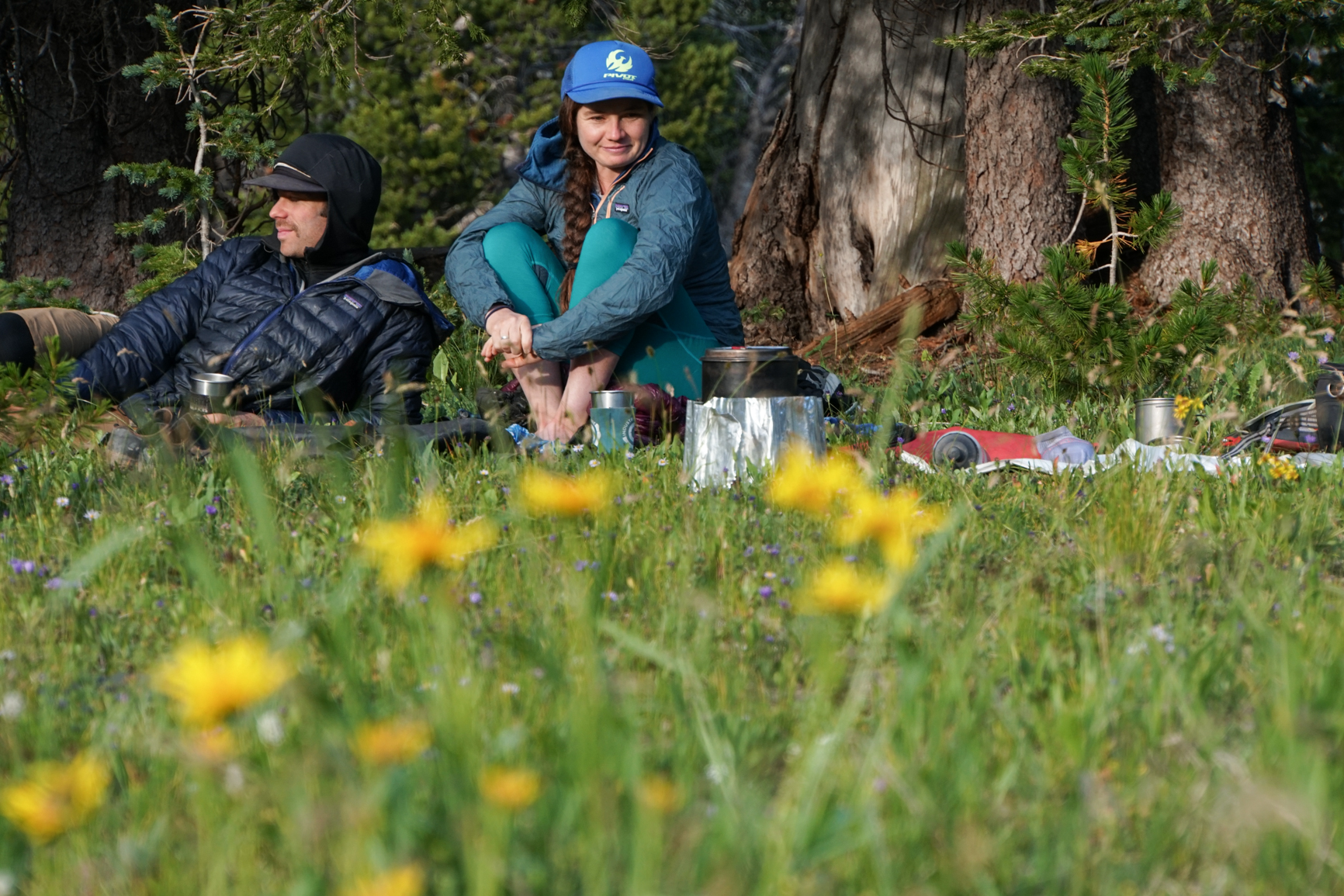
Bikepacking Misconception #2: “You shouldn’t carry a backpack”
I hear this one all the time and I’m not quite sure where this misconception came from – but a lot of folks think you shouldn’t ever be carrying a backpack. But there are so many times when it makes a lot of sense to carry a pack!
For smaller riders who simply can’t fit everything onto their frame a pack is a fantastic option. For full suspension bikes (especially when you’re riding some steep and rugged terrain) it actually helps a ton to have more of the weight to be on your body! When you’re doing a route where you know there is going to be a lot of hike-a-bike less weight on your frame is going to save your upper body.
I personally carry a backpack for most of my trips. Often I use it for camera gear or for extra water – it doesn’t have to even be full all the time, it’s nice to have a place to stash things as needed!
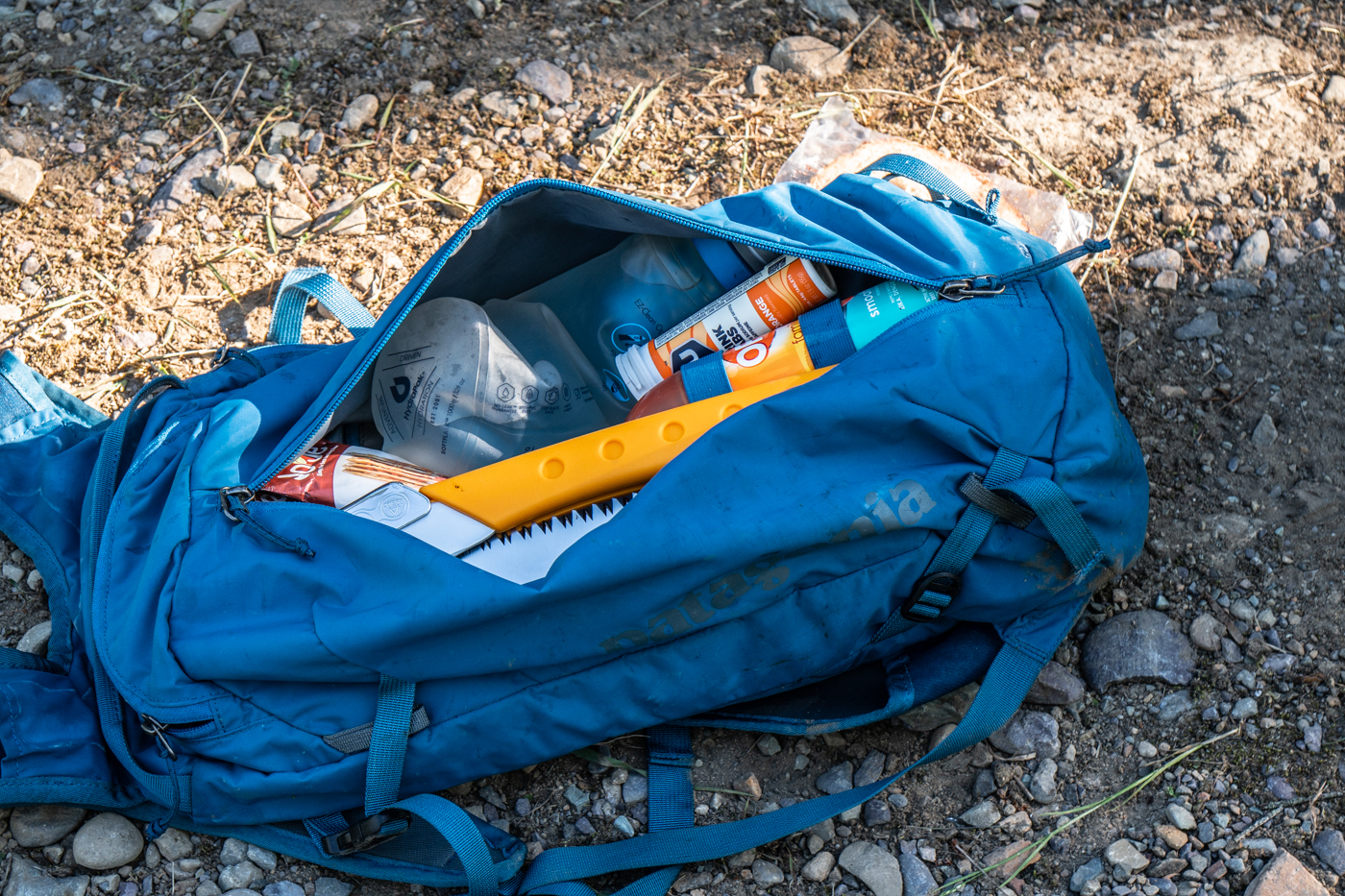
Bikepacking Misconception #3: “You need to follow a premade route”
There are a ton of great pre-made routes all over the internet, but sometimes (and often for first-time trips) just going out on something local or familiar is a good idea! I try to advise folks to make their routes based first on their time frame then how much distance and elevation you want to/can cover in that time frame. And it’s also important to consider terrain! If you haven’t done a trip on singletrack before it’s going to be a very different experience than a trip on maintained dirt roads.
Of course I don’t want to deter folks from enjoying the many pre-made routes out there! I just urge folks to consider that sometimes a premade route can give you a false sense of confidence. Routes change over time and everyone has different riding experiences and can be slightly misleading.
One user-friendly tool I enjoy using is RidewithGPS – their heat map is super helpful in figuring out what routes could be good ones!
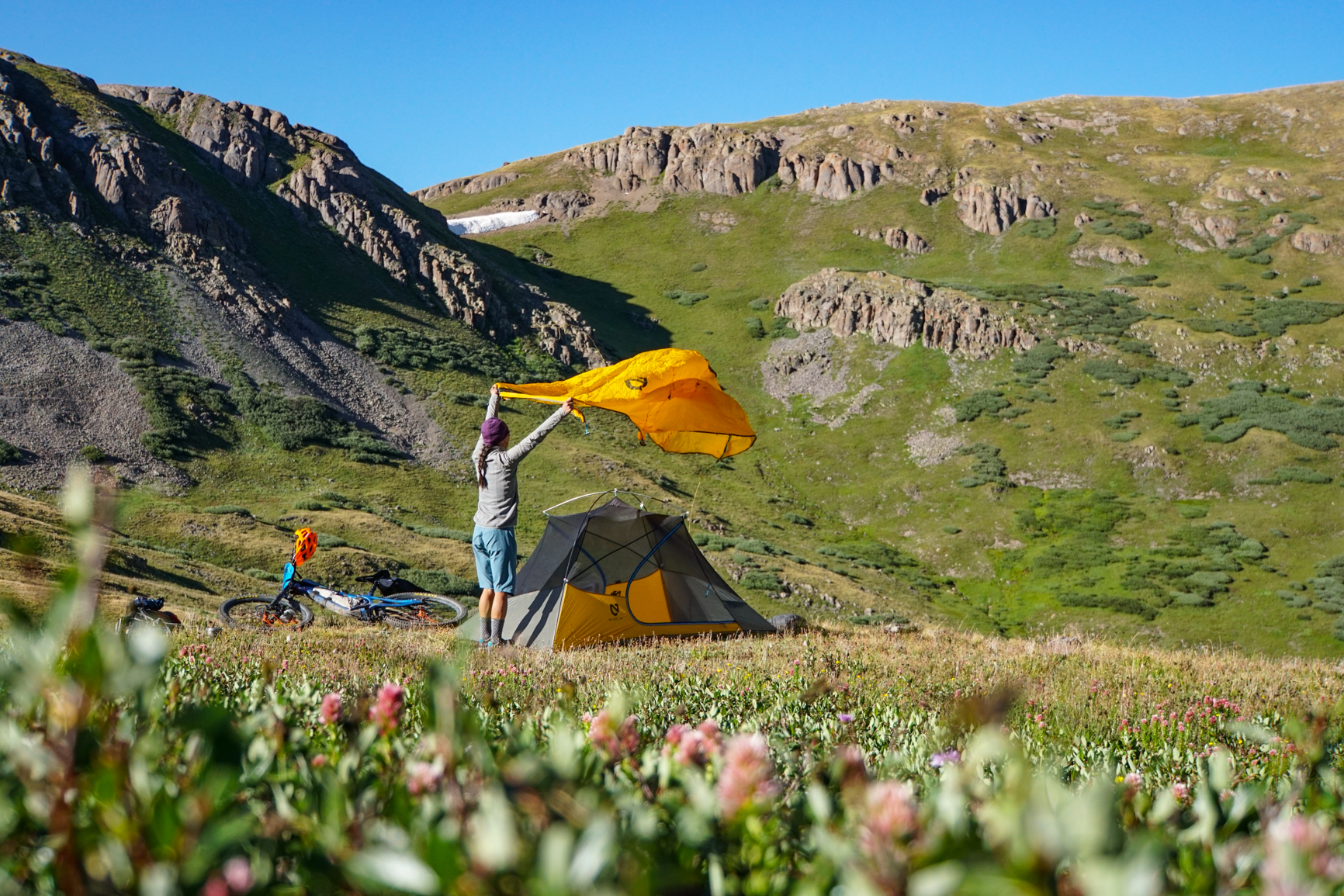
Bikepacking Misconception #4: “You need to have a bike specific to bikepacking”
There is this idea that you need to have a gravel bike, or a plus size tire bike, or a hardtail setup, or whatever is trendy at the moment. But the truth is that the best to bikepack with is the one you already have. Just be sure to pick routes that will suit your bike (i.e. don’t try and ride your gravel bike on the Colorado trail)
You can make simple changes to your bike that will make a big difference: put the smallest chain ring you can on your bike (this will make climbing much easier) and set your bike up for tubeless (the number of flats you have to deal with will drastically reduce).
Still not convinced? Check out this article from Adventure Journal!
